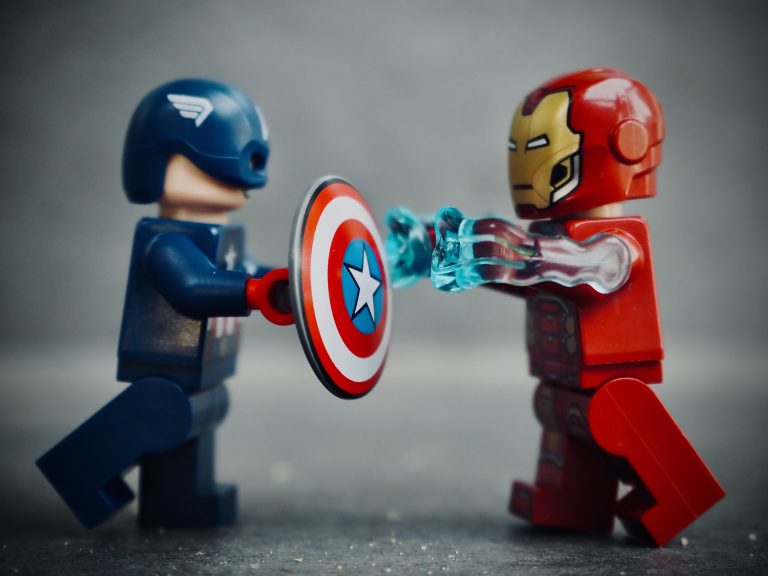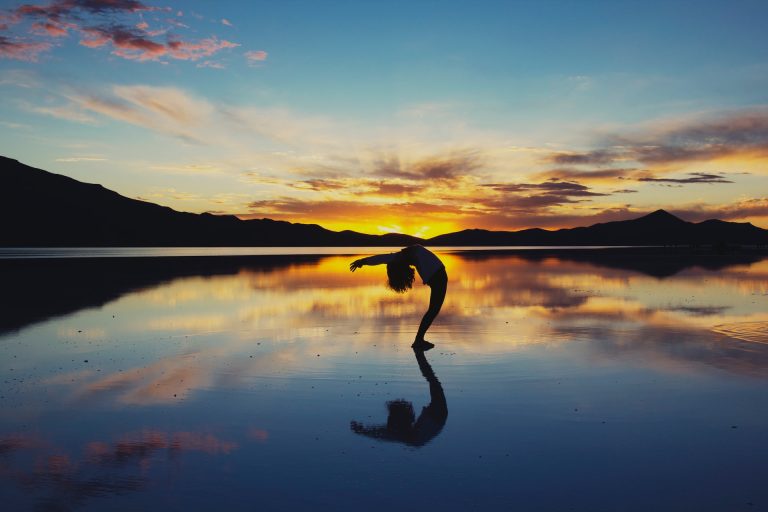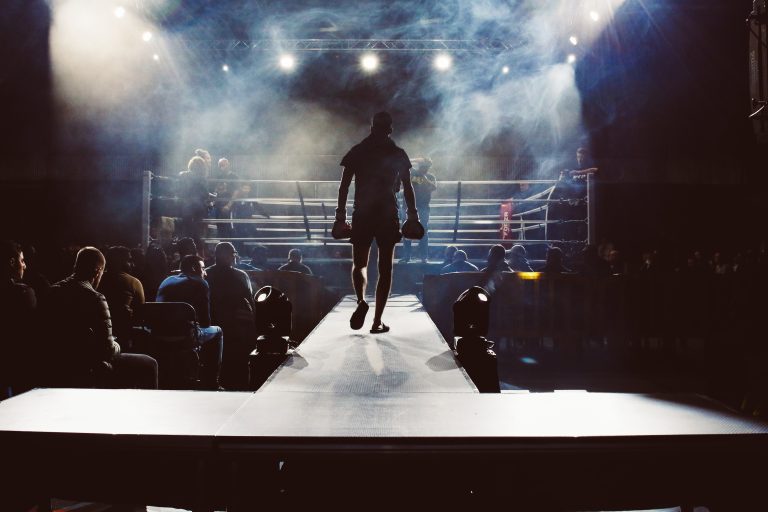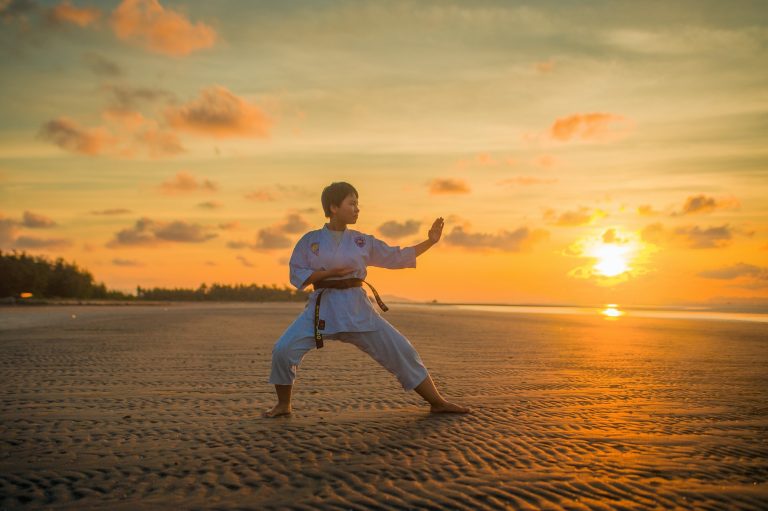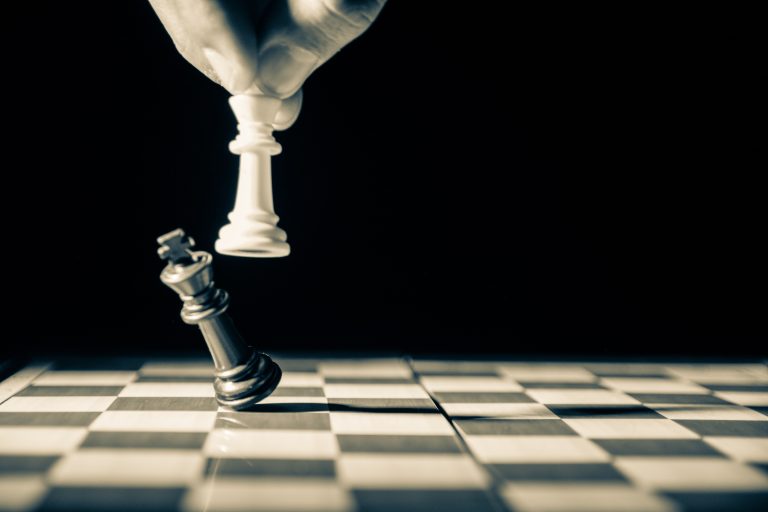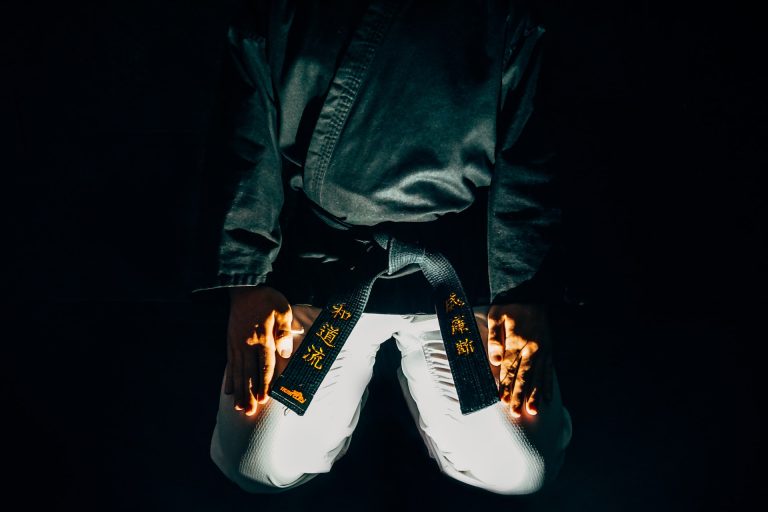Everything You Need To Know About Different Types of Karate
Shorin-Ryu KarateShorin-Ryu is a type of Okinawan karate that was created in the 17th century. It’s one of the oldest forms of karate and focuses on adapting one’s mind and body to martial arts. It utilizes a wide range of techniques, including punches, blocks, and throws. As a result, it is a style of karate that requires a lot of practice and is known for its fast and powerful techniques.
The goal of Shorin-Ryu karate is to achieve balance between physical, spiritual, and mental development. It is said that practitioners of Shorin-Ryu use the art to aid in conflict resolution, build respect for self and others, and to promote peace with themselves and others.
Shotokan Karate
Shotokan is also a type of Okinawan karate that was established by Master Gichin Funakoshi in the 20th century. It is considered to be the most popular type of karate and is practiced by many people around the world. Unlike Shorin-Ryu, Shotokan is known for its slower and more powerful techniques.
It consists of techniques such as linear punches and kicks, blocks, as well as some throws are known and practiced. The primary focus in Shotokan is on the physical aspect; however, it can also be used for mental, spiritual, and emotional development. It has grown more popular because it is seen as more “traditional” compared to other types of karate.
Goju Ryu Karate
Goju Ryu is another type of Okinawan karate that was established in the 19th century. A practitioner of Goju Ryu, Kanryo Higashionna, combined Chinese martial arts with native Okinawan martial arts to create this style. It is considered one of the most difficult styles because it employs a combination of both long-range and close-range techniques.
Goju Ryu utilizes both hard (Go) and soft (Ju) techniques that are either circular or linear in nature. Practitioners develop an understanding of the power behind each movement, which grants them the ability to deliver their technique with precision and speed. Another important aspect of Goju Ryu is the philosophy behind it; practitioners learn to embrace both internal peace (Go) and external violence (Ju).
Uechi Ryu Karate
Uechi Ryu is another type of Okinawan karate that was developed by Master Kanbun Uechi in the early 20th century. Unlike the aforementioned styles, Uechi Ryu focuses on delivering powerful blows with open handed techniques such as fingertip strikes, palm strikes and blocks, as opposed to punches and kicks. Additionally, practitioners strive to generate power from their stance and use their entire body to execute the techniques.
Uechi Ryu also emphasizes breath work, which enables practitioners to reach a deeper level of concentration and increase their power. This type of karate also lays importance on spiritual development; practitioners learn to practice mindfulness, focus on their mental wellbeing, and show respect for one another.
Kyokushin Karate
Kyokushin is yet another type of Okinawan karate developed by Master Mas Oyama in the early 20th century. This style was derived from Shotokan and focuses solely on the physical aspects of karate such as striking, blocking, kicks, and throws. The word Kyokushin directly translates to “ultimate truth” in Japanese which serves as an indication of how important this style is for self-improvement.
Kyokushin is quite different from other styles because it puts a lot of importance on physical fitness and endurance; practitioners aim to achieve peak physical and mental performance through strength training, conditioning, and sparring. As a result, sparring plays a major role in Kyokushin; it builds confidence and improves reflexes in an individual who practices it.
Conclusion
These were just some of the many types of karate that exist today; there are even more out there to explore! Each style has its own unique benefits that can enable an individual to reach their own personal goals with martial arts practice. It all comes down to personal preference as to which type you decide to study; so be sure to do your research, find a suitable teacher/club if necessary and get out there to experience all that karate has to offer!
Everything You Need To Know About Different Types of Karate
Are you interested in learning karate but don’t know which type is right for you? With so many different styles and forms of karate, it can be challenging to decide which one will suit your needs. In this blog post, we will explore the most frequently asked questions about the different types of karate to help you make a more informed decision.
What Is Karate?
Karate is a martial art that originated in Okinawa, Japan, in the early 20th century. Its name translates to „empty hand,“ and it involves using your hands, feet, and body for self-defense. Karate practitioners train to deliver rapid, powerful blows to their opponent while also being able to block and defend themselves.
What Are The Different Types Of Karate?
There are many types of karate, each with its unique style and approach. The four main types of karate are:
1. Shotokan Karate
Shotokan is one of the most popular types of karate in the world. It emphasizes speed, power, and agility and is characterized by its deep, strong stances and linear movements. Shotokan karate is often taught in a traditional manner, with a focus on discipline and respect.
2. Goju-Ryu Karate
Goju-Ryu translates to „hard-soft style,“ emphasizing both hard and soft techniques. It combines hard linear strikes with circular movements and joint locks to create a well-rounded martial art. Goju-Ryu karate also places a strong emphasis on breathing techniques and controlling one’s energy.
3. Wado-Ryu Karate
Wado-Ryu is a blend of traditional karate and jujitsu styles. It emphasizes fluid, natural movements combined with evasive body positioning. Wado-Ryu also incorporates joint locks, throws, and pressure point strikes, making it a highly effective self-defense system.
4. Shito-Ryu Karate
Shito-Ryu is a blend of traditional Okinawan karate and Chinese martial arts. It emphasizes both strong striking and smooth, flowing movements. Shito-Ryu also incorporates grappling and throwing techniques, making it a well-rounded martial art.
What Are The Benefits Of Practicing Karate?
Practicing karate has many benefits for both the mind and body. Here are some of the most significant benefits:
1. Increases Physical Fitness
Karate is a highly physical activity that requires strength, speed, and agility. Regular practice can increase cardiovascular endurance, muscle tone, and flexibility.
2. Enhances Discipline And Focus
Karate requires mental discipline and focus to master the different techniques and forms. Practicing karate can improve your focus, concentration, and self-discipline.
3. Builds Confidence And Self-Esteem
Learning karate and mastering new techniques can increase self-confidence and self-esteem. Karate training also provides a safe and controlled environment for practitioners to face and overcome their fears and difficulties.
4. Teaches Self-Defense Skills
Karate techniques are highly effective for self-defense. Learning karate can provide you with the skills and confidence to protect yourself and your loved ones in dangerous situations.
How Can I Get Started With Karate?
The best way to get started with karate is to find a qualified instructor and enroll in a beginner’s class. Look for a reputable karate school that teaches the type of karate you’re most interested in learning. Be sure to wear comfortable clothing and bring a positive attitude and an open mind to each class.
Conclusion
Karate is a highly effective martial art that can provide many benefits for both the mind and body. By understanding the different types of karate and their unique styles and approaches, you can make a more informed decision about which one is right for you. With practice, dedication, and a positive attitude, you can become a skilled and confident karate practitioner.
Inhaltsverzeichnis

